| Structure | Name/CAS No. | Articles |
|---|---|---|
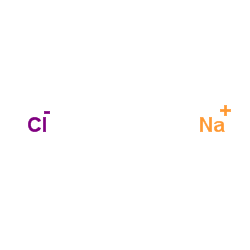 |
sodium chloride
CAS:7647-14-5 |
|
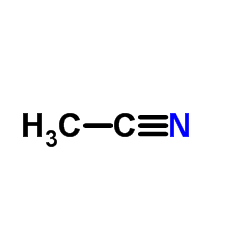 |
Acetonitrile
CAS:75-05-8 |
|
 |
Methanol
CAS:67-56-1 |
|
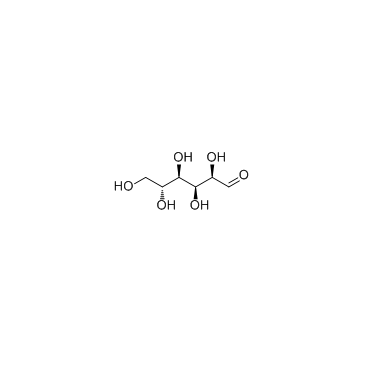 |
D-(+)-Glucose
CAS:50-99-7 |
|
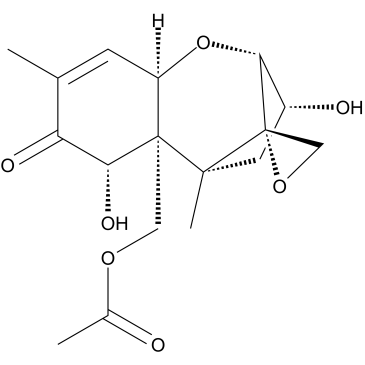 |
15-Acetyl-deoxynivalenol
CAS:88337-96-6 |
|
 |
SODIUM CHLORIDE-35 CL
CAS:20510-55-8 |
|
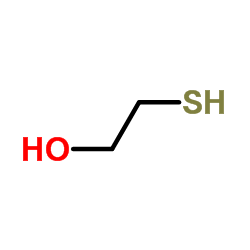 |
mercaptoethanol
CAS:60-24-2 |
|
 |
Styrene
CAS:100-42-5 |
|
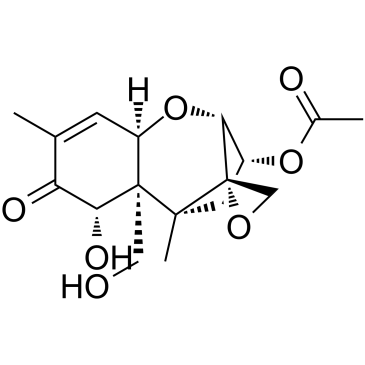 |
Trichothec-9-en-8-one,3-(acetyloxy)-12,13-epoxy-7,15-dihydroxy-, (3a,7a)-
CAS:50722-38-8 |
|
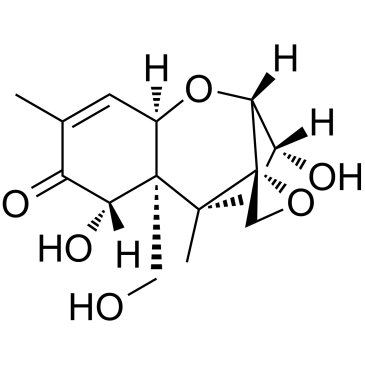 |
DEOXYNIVALENOL
CAS:51481-10-8 |